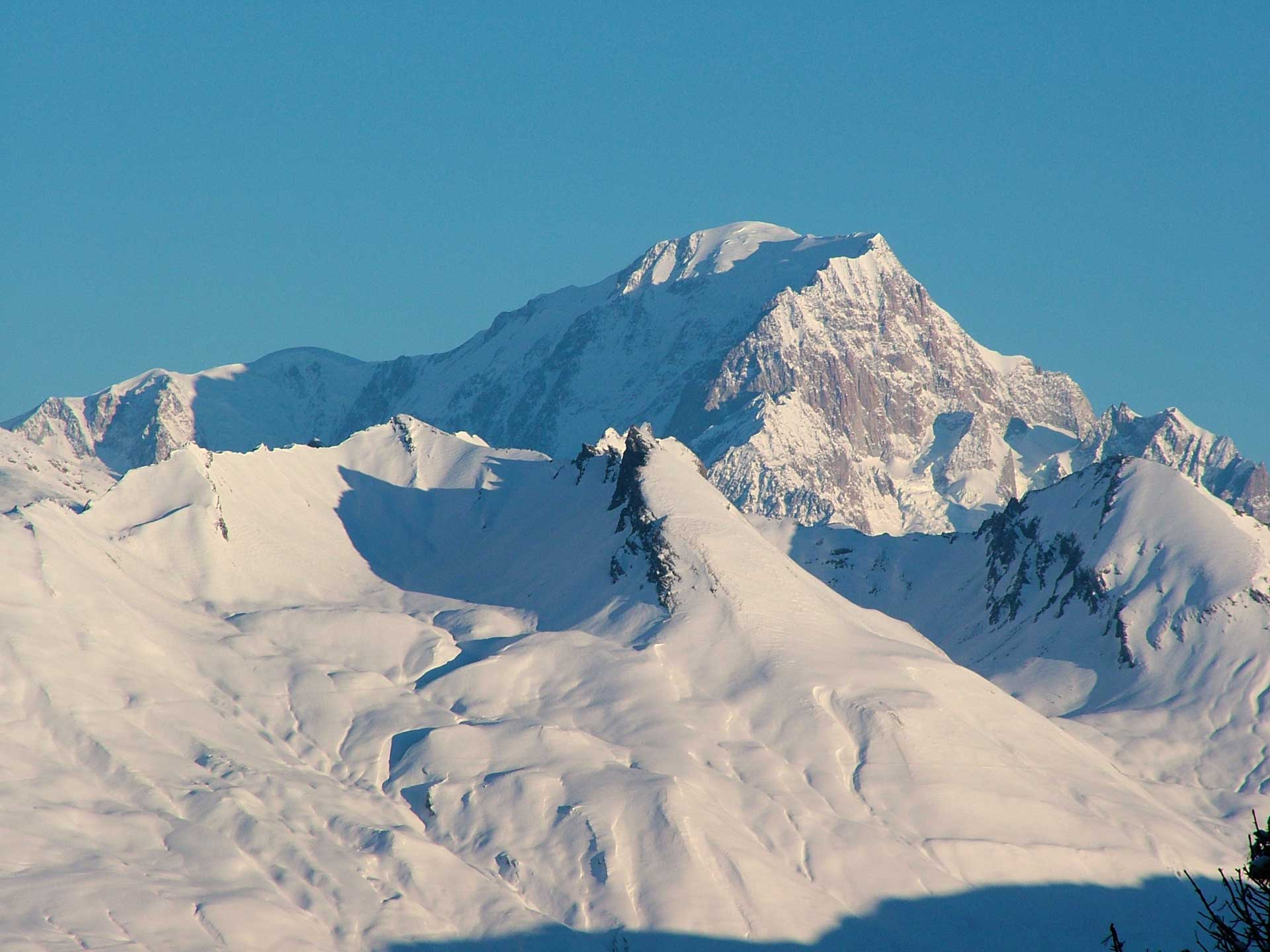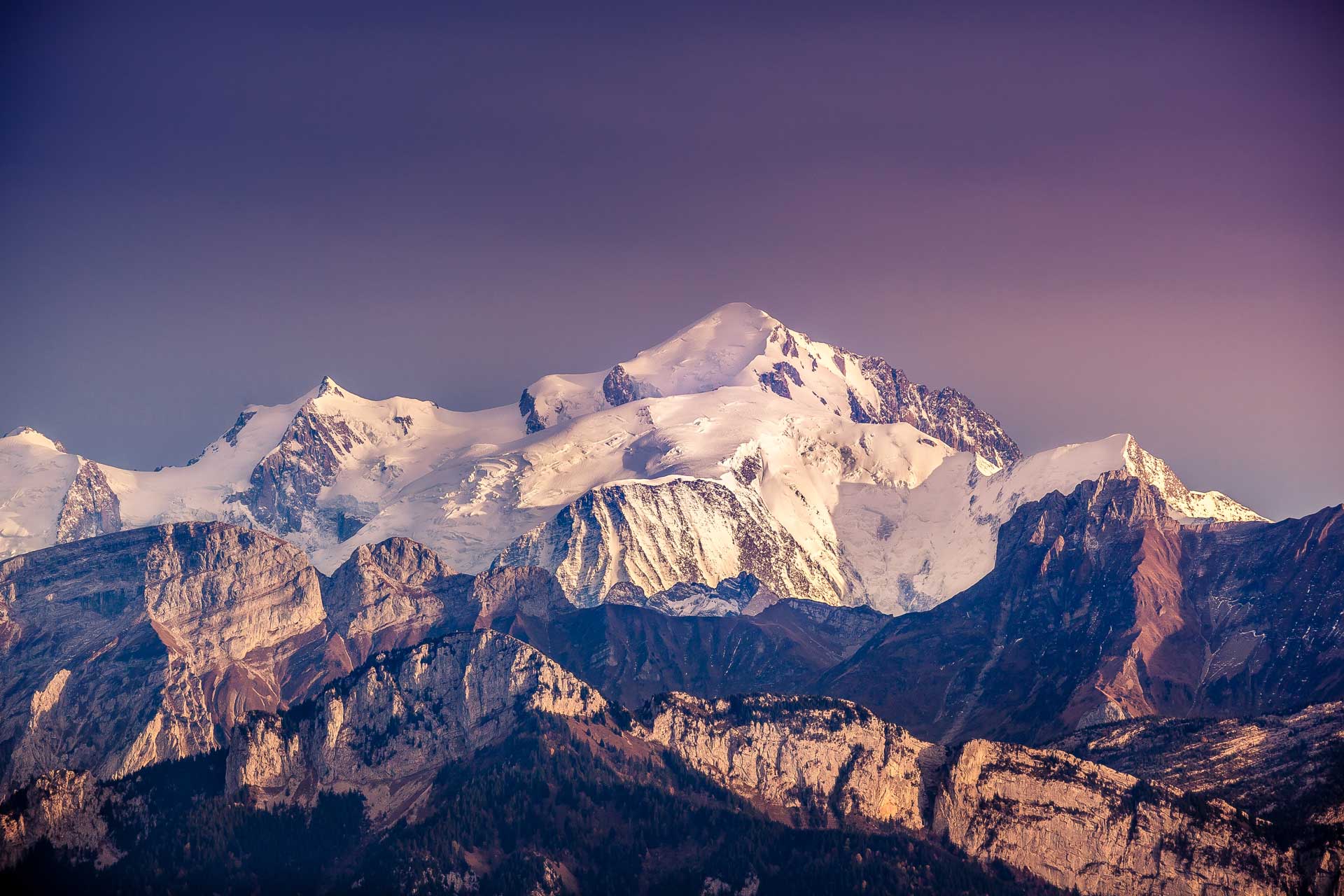France is a land of world-class wine, culinary delights, rich history and, last but not least, some of the most dramatic alpine landscapes in Europe. The highest mountains in France have served as a backdrop for the birth of modern mountaineering, enticing explorers and adventurers from all over the world for centuries to come and put their skills to the test.
The country is famously home to Mont Blanc, the highest mountain in Western Europe, and regarded by many as the home of mountaineering as we know it today. The tallest summit in the Mont Blanc Massif, it’s surrounded by no less than seven 4,000m peaks, including Mont Maudit and Aiguille Verte. It could be argued that these summits count as mountains in their own right, but for the purposes of this list, we’ll be ranking peaks based on prominence. Besides, there’s far more to France’s mountaineering menu than this iconic range.
Elsewhere in the Alps, there are numerous peaks over 3,000 and even 4,000 metres, offering up extreme challenges for anyone brave and skilled enough to take them on. From epic ice climbs on the north face of Grande Casse to backcountry skiing through the narrow couloirs of Pic Bayle, below are France’s highest mountains and what you need to know about them.
1. Mont Blanc, 4,808m

At not far off 5,000m, Mont Blanc is the highest mountain in Western Europe. The highest mountain in the entire continent of Europe, of course, is Russia’s Mount Elbrus. Mont Blanc is ranked 11th in the world in terms of topographic prominence, straddling the border between France and Italy. The first ascent took place in 1786 by Jacques Balmat and the doctor Michel-Gabriel Paccard, an event that marks the beginning of the golden age of alpinism and the start of modern mountaineering.
Although smaller than Elbrus, Mont Blanc has a far higher fatality rate. Every year, thousands attempt the climb, but many are inexperienced, underestimating the challenge and the skills required. In fact, more people die on Mont Blanc each year than in any decade in the Alaskan mountains, including on the notoriously dangerous and difficult Denali.










